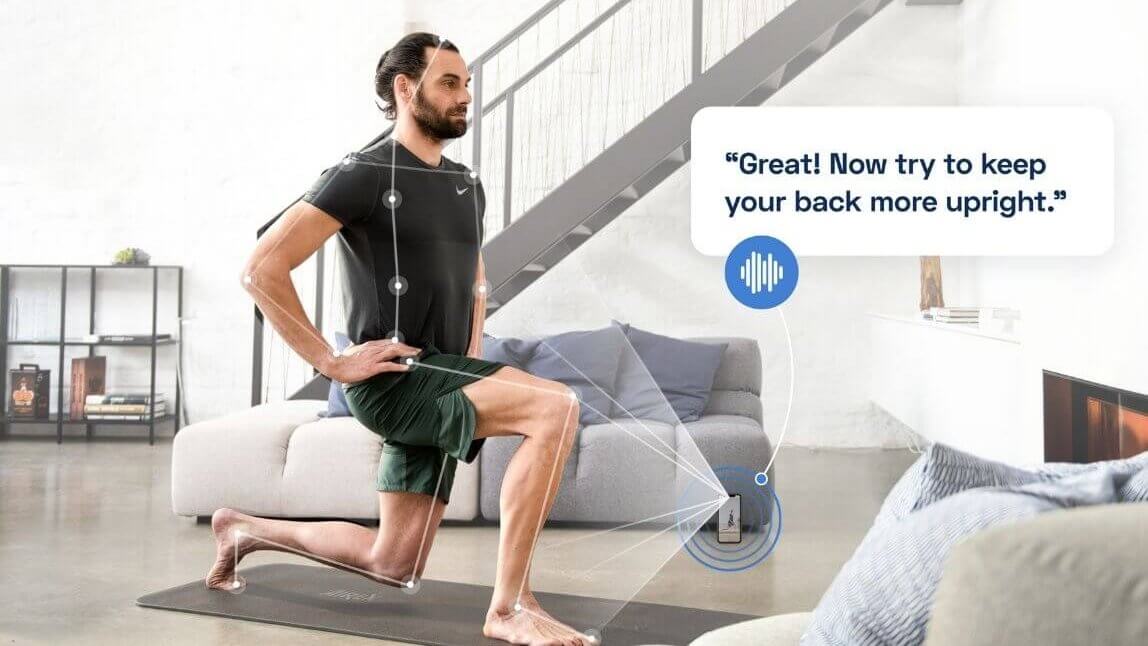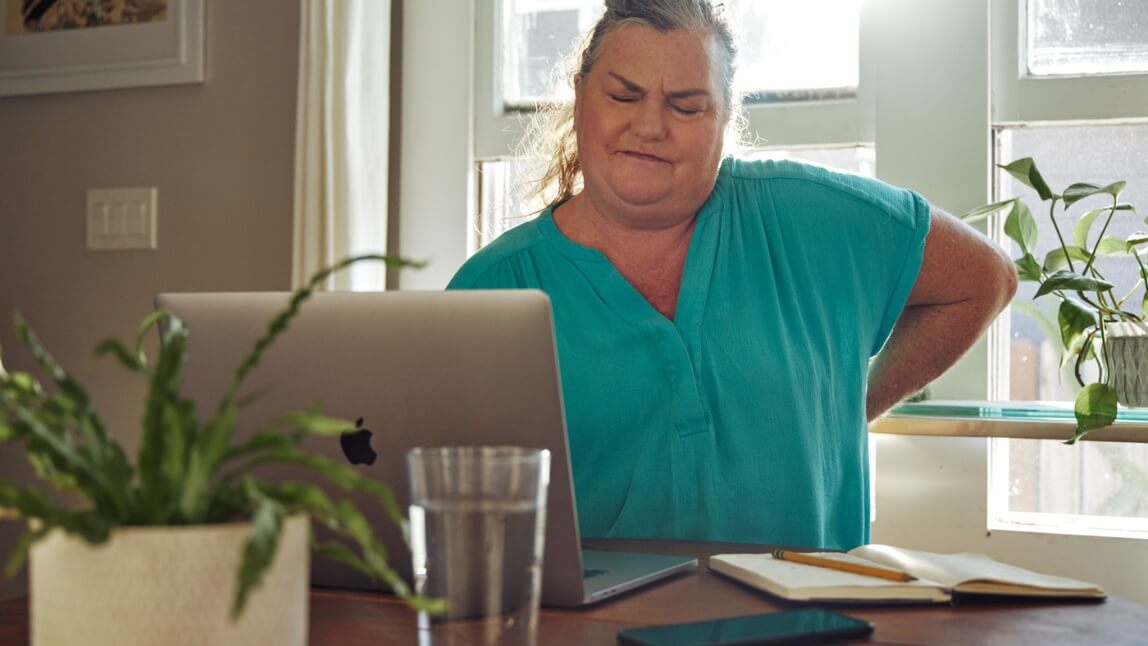
How to Avoid Desk-Related Back Pain
Spending hours seated at a desk can take a toll on your back, neck, and shoulders. If your job requires you to sit for long periods of time, read on for tips and tricks on how to keep your back healthy.
5 min read

Further Reading
-
 AI-powered Motion Coach™ technology digitally guides users through musculoskeletal (MSK) rehabilitation to maximize effectiveness, reduce medical spend.4 min read
AI-powered Motion Coach™ technology digitally guides users through musculoskeletal (MSK) rehabilitation to maximize effectiveness, reduce medical spend.4 min read -

Digital MSK Hybrid Coaching Model
Kaia Health’s hybrid coaching approach blends automated technology with human coaching to maximize therapeutic effectiveness, user experience and engagement while reducing medical spend and removing barriers to exercise.5 min read -

The Art of Self-Care: 5 Tips for a Healthy Mind and Body
If you make time for a few minutes of self-care every day, you’re less likely to feel frayed at the edges. Not sure how to do self-care exactly? No worries—we’ll show you some simple ways to master the art of self-care.6 min read